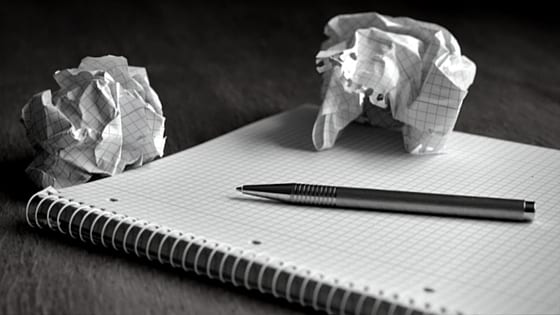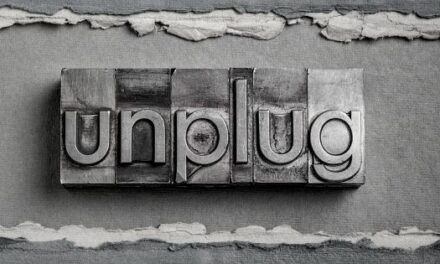It’s so easy to become overwhelmed with filing. Not only is there continual electronic information to contend with, but most home offices still contain a great deal of paper files and folders. You really have to make a consistent effort to keep paper to a minimum and keep on top of those essential documents. Ideally, you are moving towards an almost paper-free environment and keeping very important documents such as birth certificates and passports in a fireproof safe.

In the meantime, what can you do?
The answer lies in simplifying your office paperwork.
There are three main tasks to complete:
- Discard unwanted or unneeded items.
- Reduce and decide on folder categories.
- Use vertical filing cabinets or other functional storage for remaining items.
Discard unwanted or unneeded items.
To start, set aside an hour or two and gather some of your current folders or files. Think about what you really want to keep. Your task then is to decide whether a piece of paper is essential. It may need to be kept for taxation purposes, perhaps it is supporting you right now or is genuinely required for the future. Take each piece in your hand and decide ‘yes’ or ‘no.’ Keep the’ yes’ pile and discard the ‘no.’ Be ruthless- is it really necessary to keep all of those brochures, terms and conditions and instructions? You will find that many can be found online.
Reduce and decide on folder categories.
One year, I painstakingly divided my personal tax information into each of about 10 categories and submitted the paperwork neatly labelled in an expanding file. It happened that it took the accountant many months to process and return my documents. The following year, I decided to completely reduce the time ‘wasted’ on organising the papers. I submitted it in one big bundle. And guess what- it came back much quicker! The lesson here was that being too fastidious is not helpful or necessary.
Marie Kondo’s delightful book “The Life-Changing Magic of Tidying Up” confirmed what I had discovered- that too many categories is a complete waste of everyone’s time. The trick is to minimise the number of categories to enable you to find a document quickly.
Here are the categories for my personal filing system.
- Life insurance and Superannuation
- Investments (receipts and bank information)
- Education (certificates and essential details)
- Health records
My business and joint account information are in another section, equally simplified. For example, all credit card information is separately bundled in the same folder, entitled ‘Credit cards.’
I also have a folder for my child. In that folder, there are three bundles clipped together:
- Health records
- Certificates and reports
- Bank information
Use vertical filing cabinets or other functional storage.
Once you have sorted your documents into folders and bundles clipped together, they can be stored neatly in a cabinet in a vertical fashion. If possible, design a generous cupboard so that your filing cabinet can fit inside. Our home office has its own ‘wardrobe’ containing two filing cabinets and the printer. After a day in the office, they are neatly ‘put to bed’ behind closed doors.
Oh, and what of the returned tax information? Each year’s bundle is placed into a clear plastic folder, labelled, and kept at the back of the cabinet in a pile with the other required 4 years.
A minimal, organised and calming home office is somewhere where you will enjoy being while attending to your work. Happy organising!






















